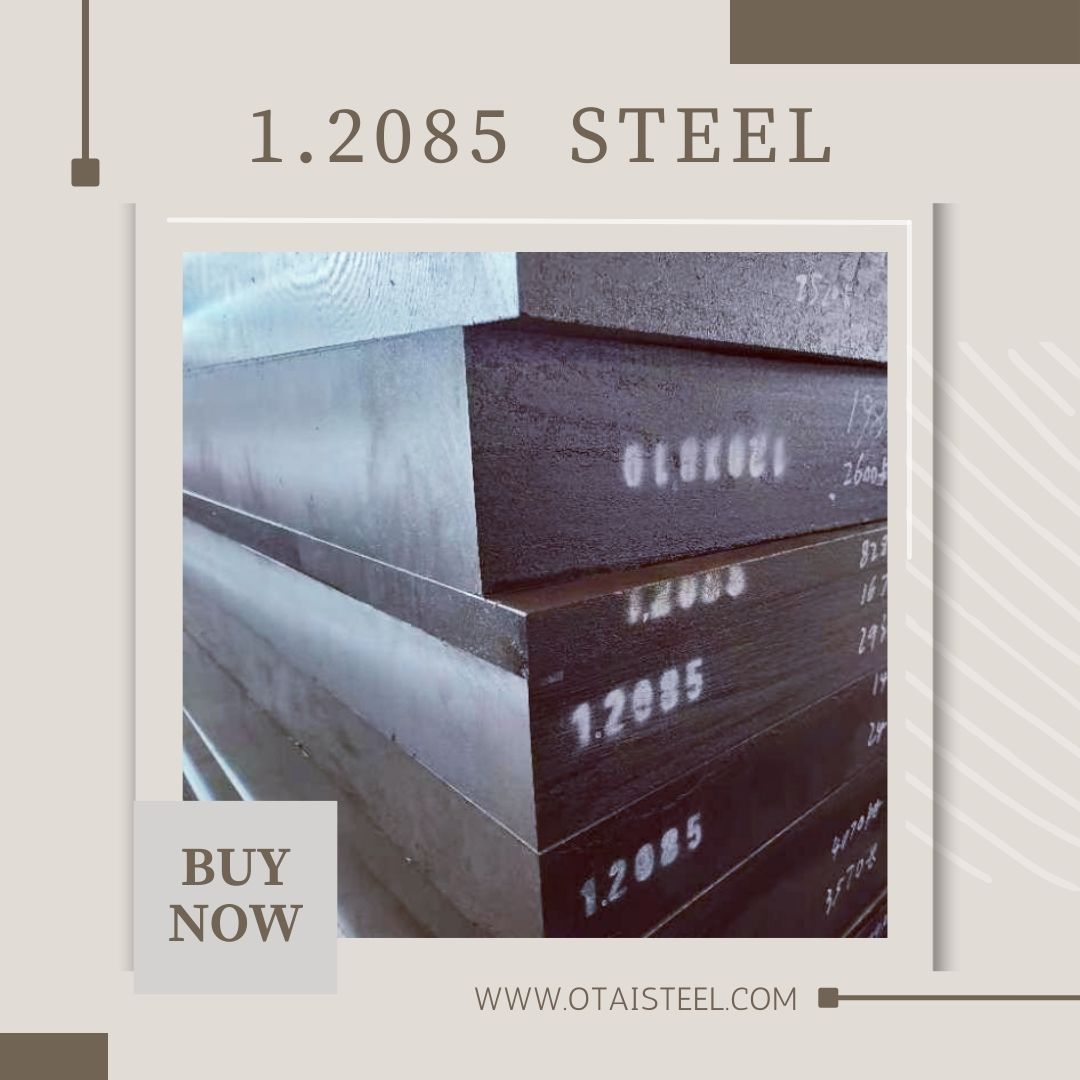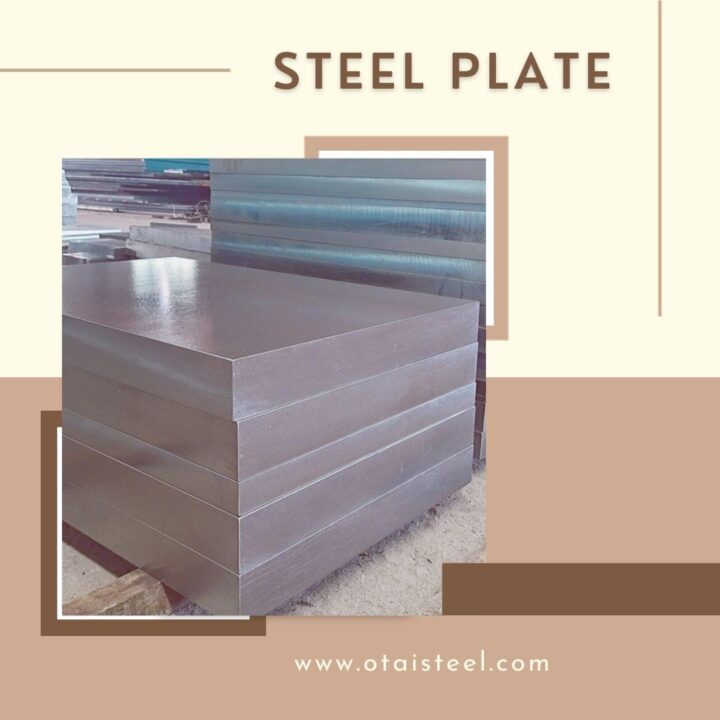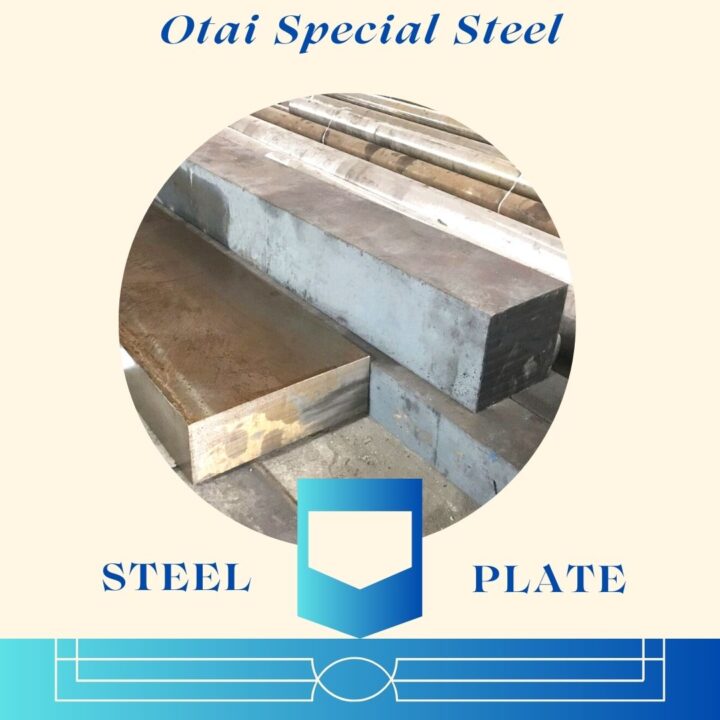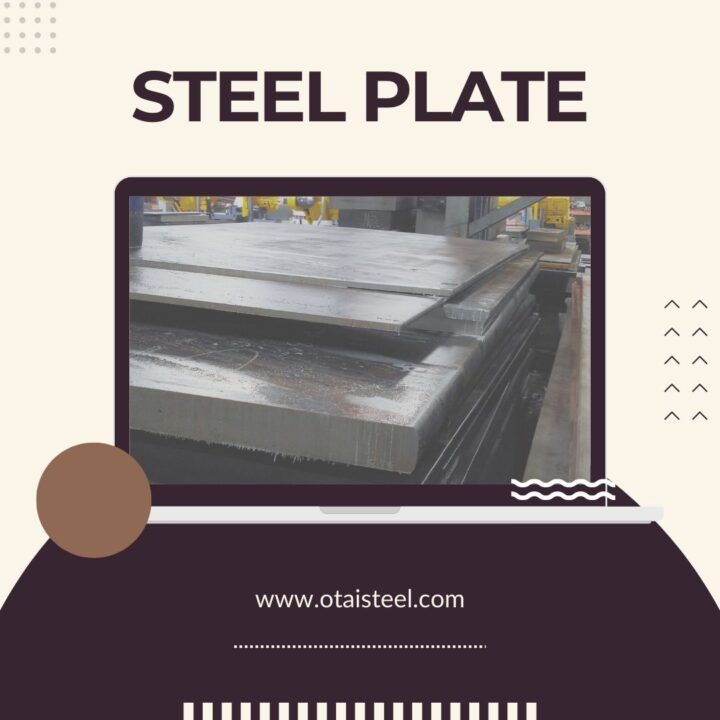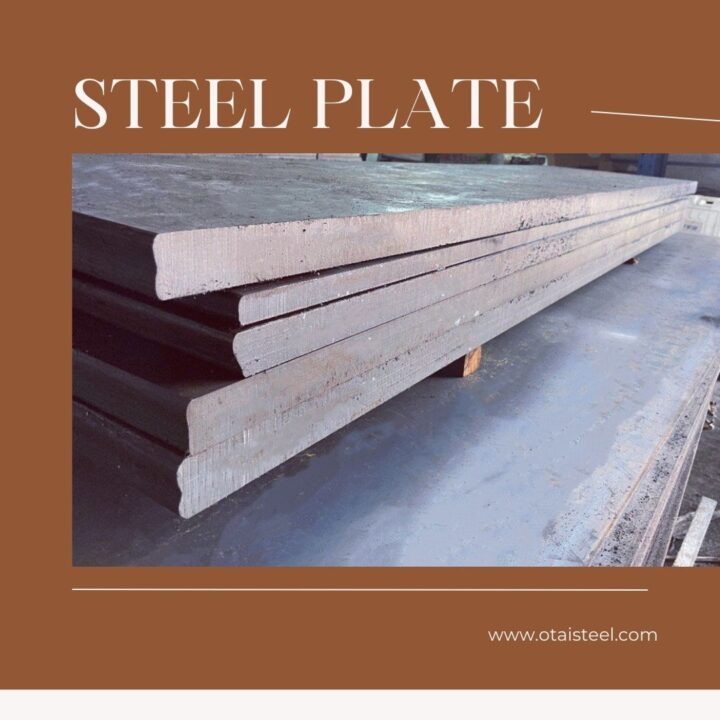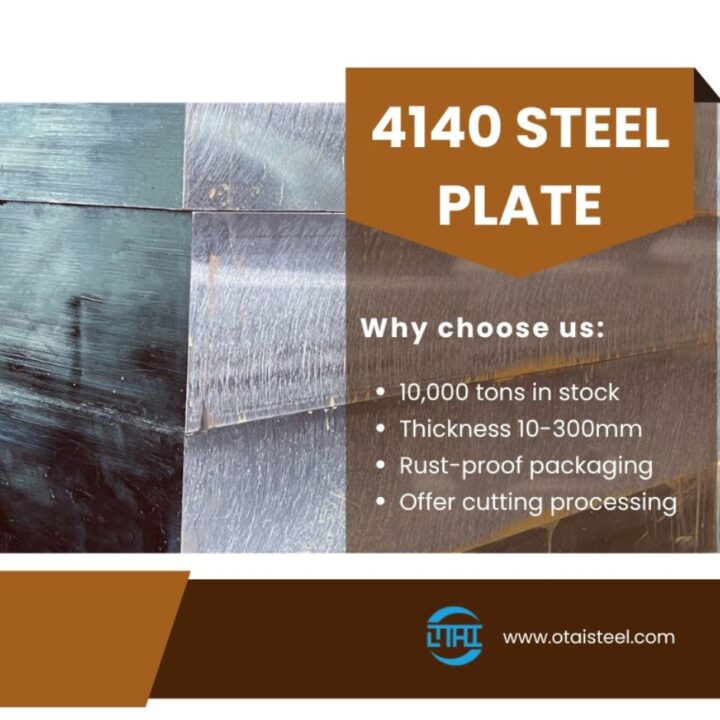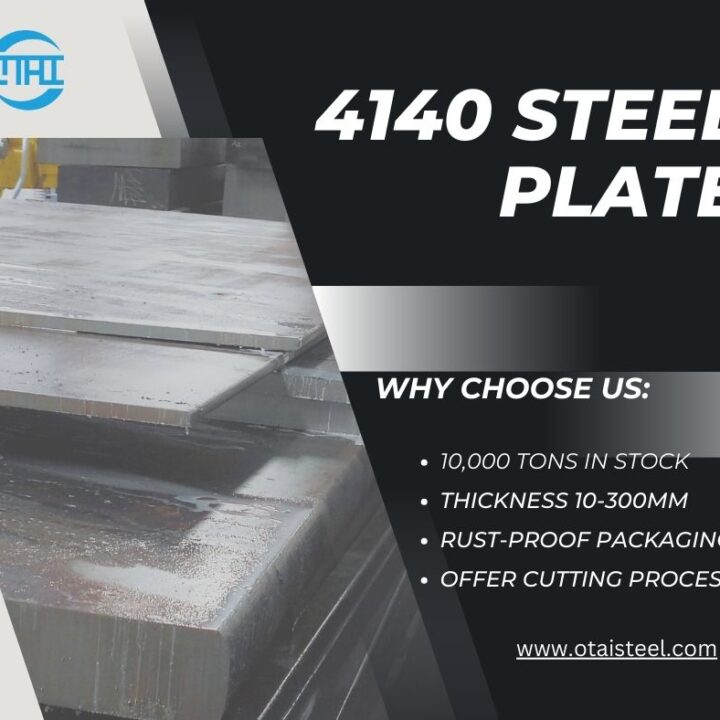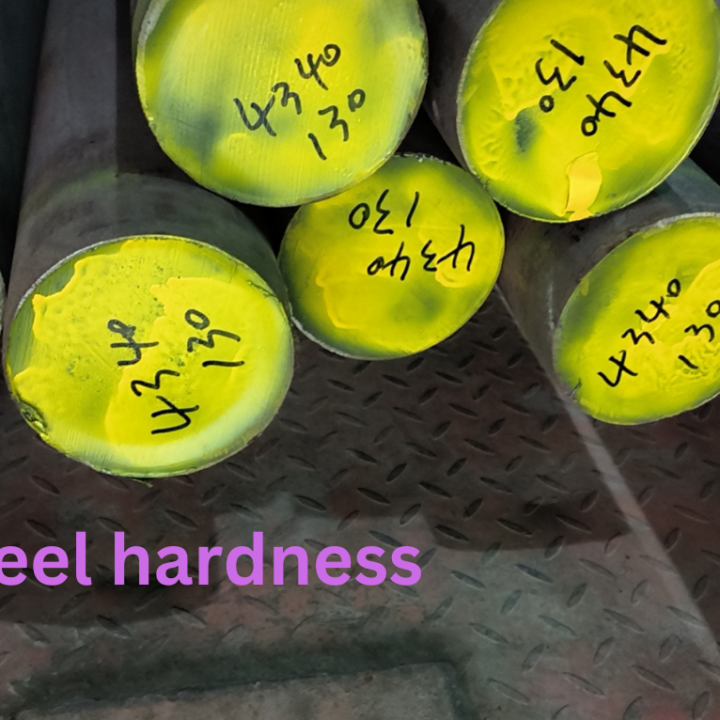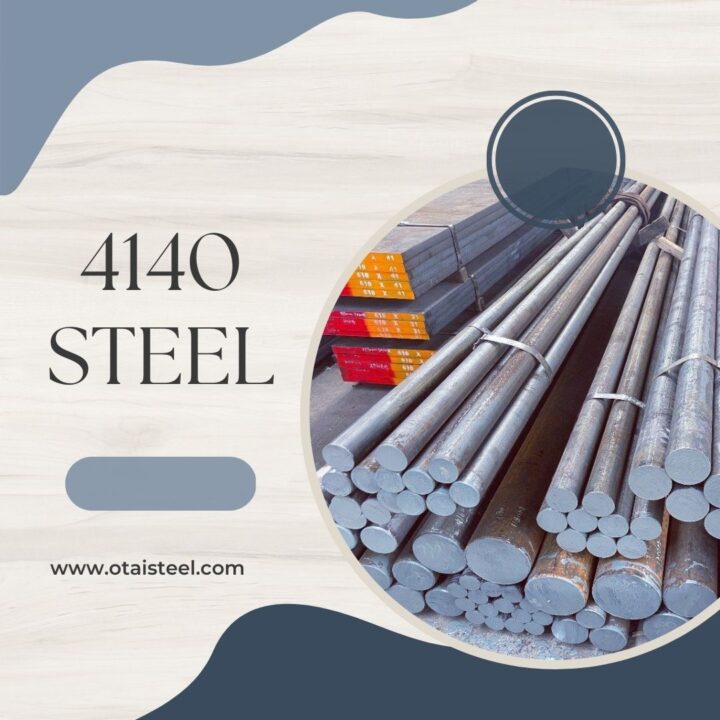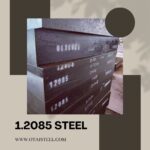Stainless steel is a versatile and widely-used material in various industries, known for its exceptional properties that make it suitable for a wide range of applications. One specific type of stainless steel that has gained prominence is 1.2085 steel, also referred to as 420HC steel.
Understanding 1.2085 Steel
1.2085 steel is part of the family of stainless steels, known for its high carbon content and excellent corrosion resistance. It is classified as a martensitic stainless steel, which means it exhibits a crystalline structure known as martensite when subjected to heat treatment. This structure gives this steel its remarkable hardness and wear resistance, making it a preferred choice for various industrial and domestic applications.
Composition and Key Properties
1.2085 steel has a specific chemical composition that imparts its distinctive characteristics:
- Carbon (C): The carbon content typically ranges from 0.45% to 0.55%. This higher carbon content contributes significantly to the steel’s hardness and edge retention.
- Chromium (Cr): It contains approximately 13-14% chromium, a key element responsible for its corrosion resistance. This chromium content enables this steel to resist rust and staining, which is particularly valuable in applications where exposure to moisture and corrosive substances is common.
Applications of 1.2085 Steel
- Cutting Tools: The high hardness and wear resistance of this steel make it ideal for manufacturing cutting tools such as knives, razors, and scissors. Blades made from this steel maintain sharp edges for extended periods, reducing the need for frequent sharpening.
- Surgical Instruments: In the medical field, precision instruments like surgical scalpels and forceps require materials that offer both sharpness and corrosion resistance. This steel meets these requirements, ensuring the longevity and effectiveness of these instruments.
- Industrial Machinery Parts: Manufacturers often employ 1.2085 steel in the production of machinery parts subject to wear and tear. Its durability and resistance to abrasion make it suitable for gears, bearings, and valves.
- Firearms and Weaponry: Some firearm manufacturers use 1.2085 steel for gun barrels and knife blades. The steel’s hardness and resistance to rust are advantageous in these applications.
Heat Treatment of 1.2085 Steel
Here’s an overview of the heat treatment process for this steel:
- Quenching: The steel is heated to a specific temperature and then rapidly cooled (quenched) in a suitable medium, typically oil or water. This rapid cooling transforms the steel’s crystalline structure into martensite, enhancing its hardness.
- Tempering: To reduce brittleness and improve toughness, the quenched steel is then tempered by reheating it to a lower temperature. The tempering process allows for the adjustment of hardness while maintaining desirable mechanical properties.
- Annealing (Optional): In some cases, annealing may be performed to relieve internal stresses and improve machinability. During annealing, the steel is heated to a specific temperature and then slowly cooled.
Machinability of 1.2085 Steel
While 1.2085 steel offers exceptional hardness and wear resistance, its high carbon content can present challenges in terms of machinability. High-carbon steels like 1.2085 can be more difficult to machine compared to lower carbon stainless steels. Machining processes may require specialized tooling and techniques to achieve desired results without excessive tool wear.
Corrosion Resistance
1.2085 steel provides moderate corrosion resistance compared to some other stainless steel alloys. While it can resist corrosion and staining to a reasonable extent, it may not be as corrosion-resistant as steels with higher chromium content. Therefore, it is essential to consider the specific environmental conditions and exposure when selecting this steel for a particular application.
Frequently Asked Questions (FAQs)
- Is 1.2085 steel suitable for outdoor knives and camping gear?Yes, it is commonly used for outdoor knives and camping gear due to its excellent edge retention and corrosion resistance. It can withstand the rigors of outdoor use and exposure to the elements.
- How does 1.2085 steel compare to other stainless steel alloys like 440C?It (420HC) is similar to 440C in terms of corrosion resistance and edge retention. However, 440C typically has a slightly higher carbon content, which can lead to improved hardness and wear resistance.
- Can 1.2085 steel be sharpened easily?Yes, it is known for its ease of sharpening. It can be honed to a razor-sharp edge with relative ease, making it popular among knife enthusiasts.
- Is 1.2085 steel safe for food contact?It is generally considered safe for food contact applications. However, it’s crucial to ensure that the manufacturing process and finishing of the steel meet relevant food safety standards.
- Are there any downsides to using 1.2085 steel?One potential drawback of it is its moderate corrosion resistance compared to some other stainless steel alloys. It may require more frequent maintenance in highly corrosive environments. Additionally, its high carbon content can make it more challenging to machine.
